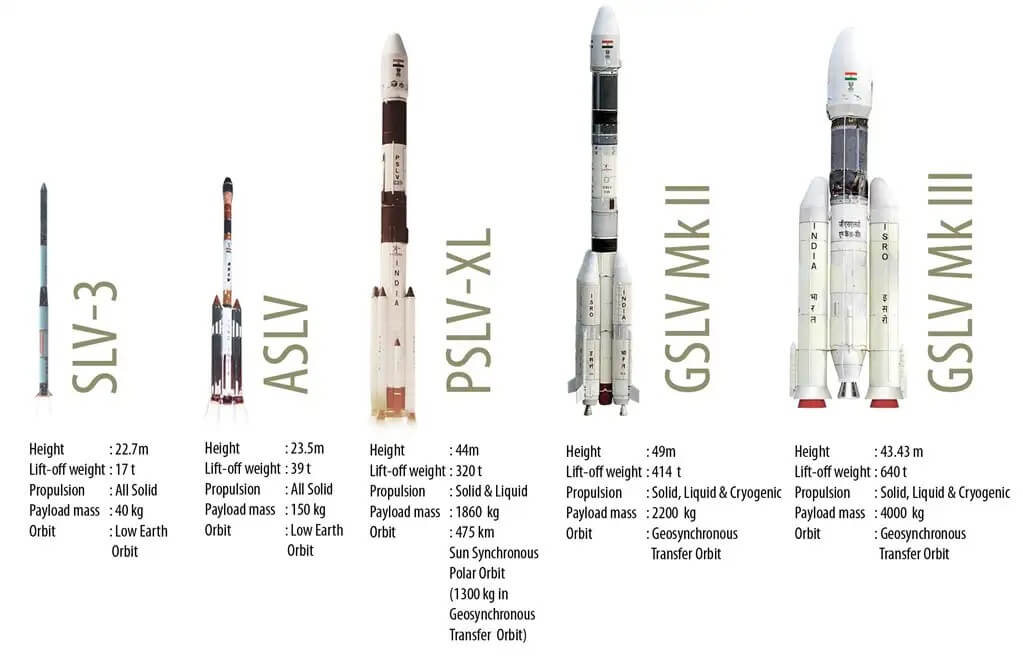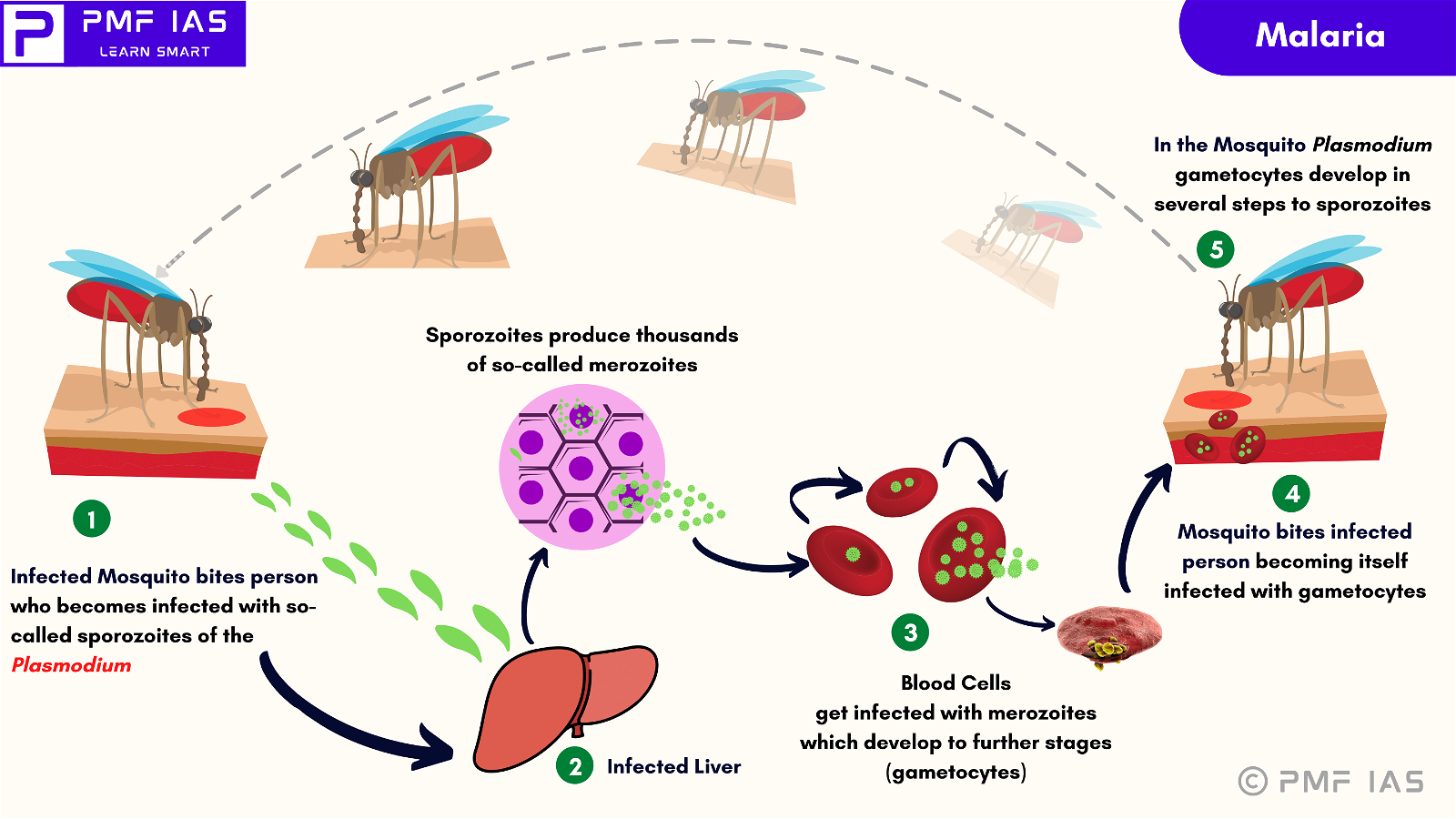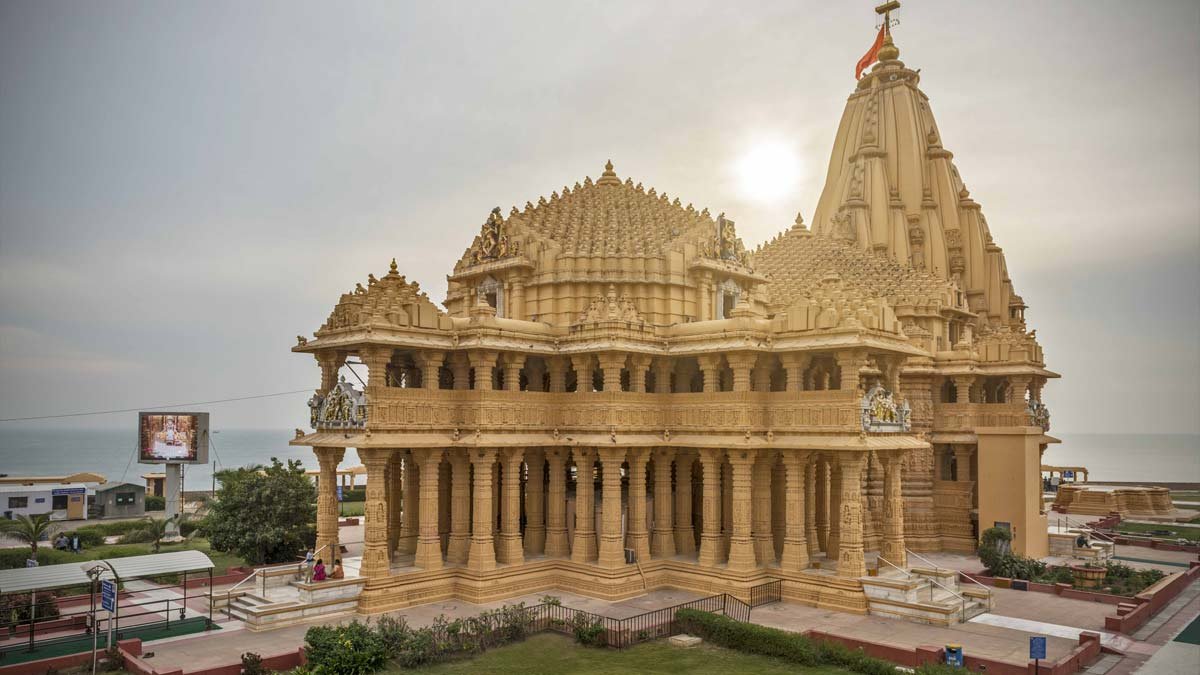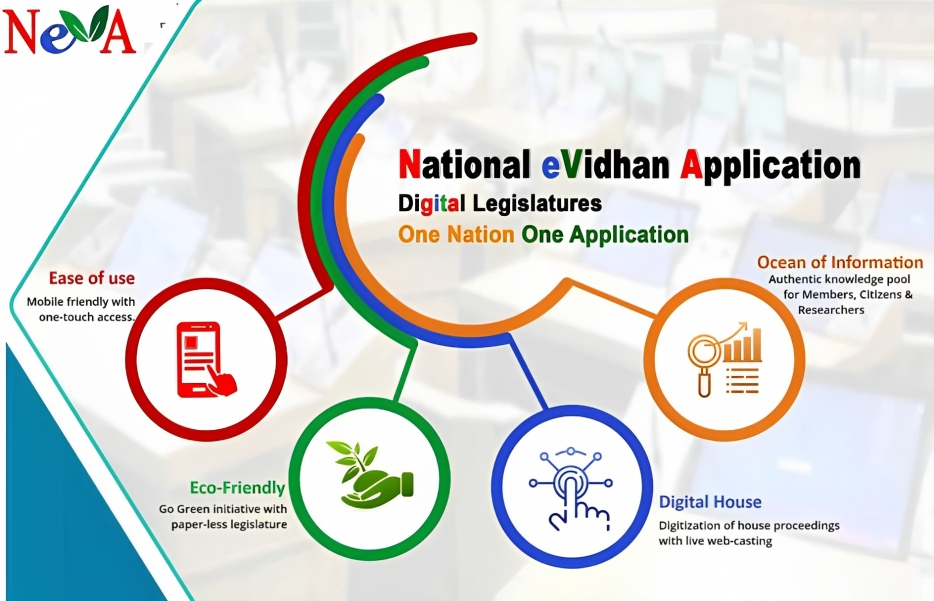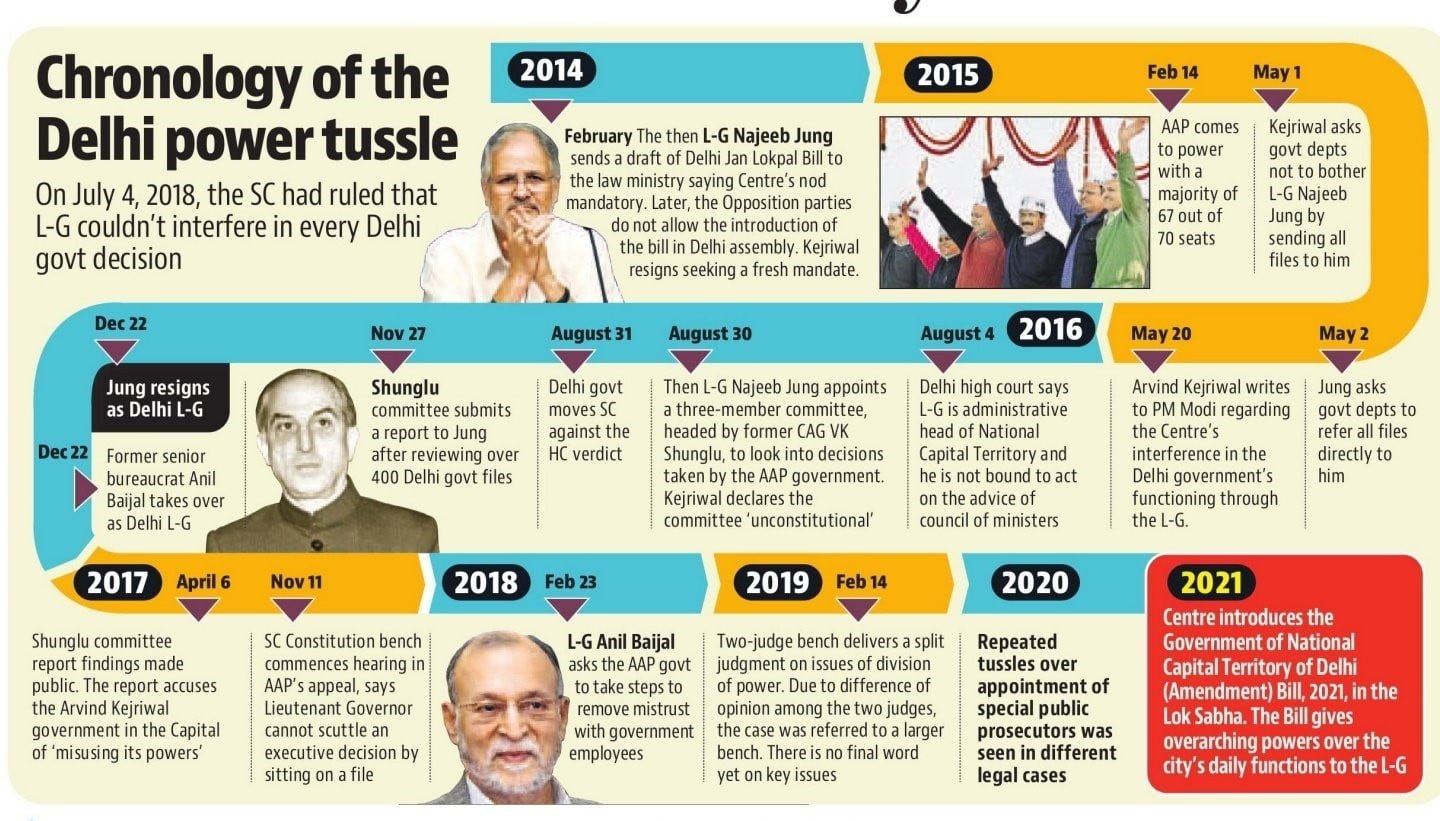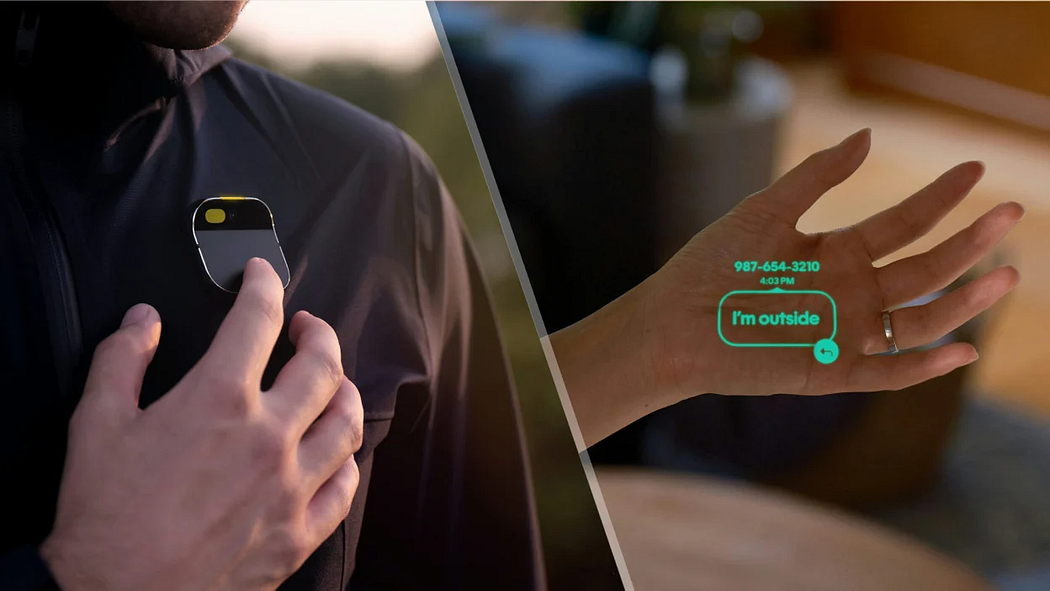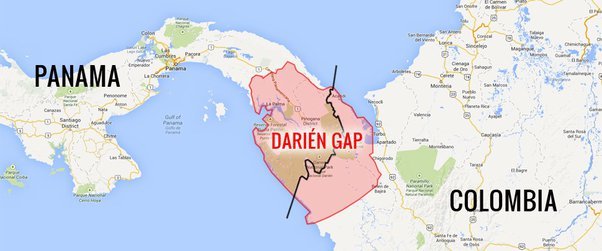
Current Affairs for UPSC Civil Services Exam – April 05, 2024
Subscribers of "Current Affairs" course can Download Daily Current Affairs in PDF/DOC
Subscribe to Never Miss an Important Update! Assured Discounts on New Products!
Must Join PMF IAS Telegram Channel & PMF IAS History Telegram Channel
{GS1 – Geo – PG – Geomorphology} Gigantic Ocean beneath Earth’s Surface
- Context (WION): Scientists from Northwestern University in Evanston, Illinois, have discovered a reservoir of water deep beneath the planet’s surface.
- This subterranean water body is three times the size of all of Earth’s oceans and rests some 700 km beneath Earth’s surface, concealed within a blue rock known as ringwoodite.
Science Behind The Discovery
- Scientists used seismographs from across the US, analysing seismic waves from over 500 earthquakes.
- Waves that travel through Earth’s inner layers, including its core, slow down when passing through wet rock, allowing scientists to assume the presence of this vast water deposit.
Earth’s Water Cycle Reimagined
- It recommends that instead of arriving via comet impacts, as some theories have posited, Earth’s oceans may have slowly seeped out from its very core.
- The possibility that water exists in the Earth’s mantle and sweats between the rock grains may change our perception of the planet’s water cycle.
{GS1 – Geo – PG – Geomorphology} Glacial Lake Outburst Floods (GLOFs)
- Context (IE): The Uttarakhand government has formed two expert teams to assess the risk of five dangerous glacial lakes in the area.
- These lakes are prone to Glacial Lake Outburst Floods (GLOFs), which have caused disasters in the Himalayan states recently.
- The assessment aims to reduce the chances of a GLOF and allow more time for relief and evacuation if there is a breach.
- The National Disaster Management Authority (NDMA), under the Union Ministry of Home Affairs, has pinpointed 188 glacial lakes in the Himalayan states with potential risks.
- These lakes are growing in number because of global warming.
What are GLOFs?
- A GLOF is a flood resulting from the sudden and rapid release of water from a glacial lake, often caused by the failure of a moraine dam or ice dam.
- These lakes form when melting glaciers leave depressions filled with meltwater. As glaciers retreat, the lakes get larger and more hazardous.
- They’re often held back by unstable ice or sediment.
- If the boundaries break, massive water flows down mountains, causing flooding downstream – a GLOF event.
- Causes:
- One cause is glacial calving when large ice chunks break off into the lake.This sudden displacement of water can trigger GLOFs.
- Avalanches or landslides can also destabilise the lake boundary.
- Global temperatures rising have caused more GLOF events in the Himalayan region.
-
Impacts of GLOF:
- Research indicates that about 15 million people are at risk of sudden and deadly floods caused by expanding glacial lakes.
- It also pose a threat to buildings, hydropower projects, farmland, roads, and bridges in the region.
Uttarkhands Vulnerability
- Uttarakhand has 13 glacial lakes prone to GLOF.
- These lakes are categorised into three risk levels: ‘A’, ‘B’, and ‘C’.
- Five highly sensitive lakes fall into the ‘A’ category.
- They include Vasudhara Tal and four others in Pithoragarh district.

{GS2 – Governance – Laws} Amendment in Surrogacy Law
- Context (IE): The Centre amended the surrogacy law to allow couples to use donor eggs or donor sperm for surrogacy.
- This overturned a previous amendment made in March 2023 that banned the use of donor gametes.
Significant Provisions of the Amended Surrogacy Rules
- It allows surrogacy with donor gametes if either spouse in the intending couple is certified by the District Medical Board to require donor gametes due to a medical condition.
- If a divorced or widowed woman opts for surrogacy, the egg has to come from the mother.
- “Single woman (widow or divorcee) undergoing surrogacy must use self-eggs and donor sperms to avail surrogacy procedure.”
Background
- The March 2023 amended rules only permitted the use of the intending couple’s gametes, barring couples with specific medical conditions from having biological children through surrogacy.
- These restrictions caused distress and challenged the right to parenthood for affected couples.
- It faced legal challenges in the SC by a woman with Mayer-Rokitansky-Kuster-Hauser (MRKH) Syndrome, a congenital disorder causing infertility.
- The SC expressed concerns regarding the efficacy of these regulations, asserting that such rules undermined the fundamental objectives of surrogacy.
- The SC stayed the operation of Rule 7 of the Surrogacy (Regulation) Act, 2021.
- Rule 7 of the Surrogacy Act bans the use of donor eggs for the procedure.
About Surrogacy
- Surrogacy is an arrangement where a woman, known as the surrogate mother, agrees to carry and deliver a baby for another individual or couple, known as the intended parents.
- A surrogate mother, sometimes also called a gestational carrier, is a woman who conceives, carries and gives birth to a child.
- The surrogate agrees to give the child to that person or couple after the birth.
Surrogacy in India
- Since 1978, surrogacy has been practised in India, which is also known for having a high rate of “reproductive tourism” and being a burgeoning hub of the fertility industry.
- Although commercial surrogacy was made legal, no bill or explicit rule was created and put into effect.
- This led to a sharp rise in uncontrolled surrogacy in India by low-cost fertility clinics.
- Subsequently, in 2021, the President of India gave assent to the Surrogacy Regulation Bill 2021, which the parliament passed.
Types
- Traditional Surrogacy: Traditional surrogacy involves using the intended father’s sperm to fertilise the surrogate’s egg.
- The surrogate carries the pregnancy to term, and the resulting baby is biologically related to the surrogate mother and the intended father.
- Gestational Surrogacy: In gestational surrogacy, the baby is not biologically related to the surrogate.
- An embryo, created using the intended father’s sperm (or donor sperm) and the biological mother’s egg (or donor egg), is implanted into the surrogate’s uterus for her to carry to term.
Surrogacy Arrangements
- Altruistic Surrogacy: It refers to a surrogacy arrangement where the surrogate does not receive financial compensation beyond reimbursement for medical expenses and other related costs.
- In altruistic surrogacy, the surrogate’s primary motivation is typically to help another individual or couple achieve their dream of having a child.
- Commercial Surrogacy: It involves a contractual agreement where the surrogate mother receives financial compensation beyond just reimbursement for medical expenses and other costs associated with the pregnancy.
- This compensation may vary depending on factors such as location, legal regulations, and the specific terms of the surrogacy agreement.
Key Provisions of the Surrogacy (Regulation) Act, 2021
Regulation of Surrogacy
- The Act prohibits commercial surrogacy and allows altruistic surrogacy.
- The Act permits surrogacy when it is:
- For intending couples who suffer from proven infertility;
- Altruistic;
- Not for commercial purposes;
- Not for producing children for sale, prostitution or other forms of exploitation; and
- For any other condition or disease specified through regulations.
Eligibility Criteria for Surrogate Mother
- To obtain a certificate from the appropriate authority, the surrogate mother has to:
- be a close relative of the intending couple;
- be an ever-married woman having a child of her own;
- Be 25 to 35 years old;
- Not have been a surrogate mother earlier; and
- Have a certificate of medical and psychological fitness.
- Further, the surrogate mother cannot provide her own gametes for surrogacy.
Registration of Surrogacy Clinics
- Surrogacy clinics cannot undertake surrogacy or its related procedures unless the appropriate authority grants them registration.
National and State Surrogacy Boards
- The central and state governments shall constitute the National Surrogacy Board (NSB) and the State Surrogacy Boards (SSBs), respectively.
Functions of the NSB
- Advising the central government on policy matters relating to surrogacy.
- Laying down the code of conduct of surrogacy clinics.
- Supervising the functioning of SSBs.
Offences & Penalties
- The Act creates certain offences, which include:
- Undertaking or advertising commercial surrogacy;
- Exploiting the surrogate mother;
- Selling or importing human embryos or gametes for surrogacy, and
- Abandoning, exploiting or disowning a surrogate child.
- These offences will attract a penalty of up to 10 years and a fine of up to 10 lakh rupees.
Parental Status upon Birth
- Upon birth, the child is legally recognised as the biological child of the intended couple.
- The surrogate mother will have an option to withdraw from surrogacy before the embryo is implanted in her womb.
- Abortion of the fetus requires consent from both the surrogate mother and the relevant authorities, following the provisions of the Medical Termination of Pregnancy Act.
Criticisms of Indian regulations
- The charitable model expects a woman to go through the physical and emotional tolls of surrogacy free of cost and only out of compassion.
- Such an expectation is paternalistic, unrealistic, and patriarchal in its approach.
- It denies a legitimate source of income to surrogates, which in turn severely limits the number of women willing to go through surrogacy.
- It indirectly denies intending parents the opportunity to avail of it.
- Those included within its ambit are required to have a ‘certificate of essentiality’ stating that it is biologically impossible for the person(s) to have a child in any other way.
- It does not consider other medical conditions which, even though they do not render women infertile, make the pregnancy riskier and more complex.
- The altruistic law has turned many family members against each other as healthy women are being pressured by elders to become surrogates
- It also does not consider cases where women might not want to go through pregnancy due to career-related commitments.
- Surrogacy Emmigration: There is an increasing number of privileged Indians travelling abroad to have a baby via surrogacy.
- The US and Canada figuring high among those who can afford it.
- East European and Latin American countries are drawn among those looking for budget options.
- Some Exclusion from Availing Surrogacy Services:
- There is an exclusion of unmarried women, single men, live-in partners, and same-sex couples from availing of surrogacy services.
- This amounts to discrimination based on marital status, gender, and sexual orientation and denies them the right to form a family of their choice.
- No Third-Party Involvement:
- In an altruistic surrogacy, there is no third-party involvement.
- A third-party involvement ensures that the intended couple will bear and support the medical and other miscellaneous expenses during the surrogacy process.
- Overall, a third party helps both the intended couple and the surrogate mother navigate through the complex process, which may not be possible in the case of altruistic surrogacy.
- Emotional Complications: In altruistic surrogacy, a friend or relative as a surrogate mother may lead to emotional complications not only for the intending parents but also for the surrogate child.
- Altruistic surrogacy also limits the option of the intending couple in choosing a surrogate mother, as very limited relatives will be ready to undergo the process.
Why do most people choose the US as their surrogacy destination?
- Surrogacy laws in the US are well defined for both the intending parents and the surrogate.
- Healthy couples can get an embryo created with their eggs and sperm.
- US allows gender selection.
- The most important attraction is that the newborn child could be a US citizen.
What about citizenship status of the child?
- It is permissible to seek medical care, including fertility treatments, on a B1/B2 visa.
- If born in the US, the child will have an American birth certificate and passport and can be brought back as an Overseas Citizen of India (OCI).
- For other countries, the newborn will get the citizenship of their parents.
- The parents should get a birth certificate and a NOC from the surrogate mother.
- However, if the child has assumed foreign nationality, then they must apply for an Indian visa to go with the child’s foreign passport.
{GS2 – MoHFW – Initiatives} Ayushman Bharat Health Accounts
- Context (PIB): Explainer on Ayushman Bharat Health Accounts (ABHA).
- ABHA is an integral component of the Ayushman Bharat Pradhan Mantri Jan Arogya Yojana (AB-PMJAY), which is India’s flagship national health protection scheme.
Ayushman Bharat Health Accounts (ABHA)
- Ayushman Bharat Health Account (ABHA) is an account/ number used to link all a person’s health records.
- Any individual can enroll in Ayushman Bharat Digital Mission (ABDM) to generate a Health ID or ABHA, free of cost.
- An ABHA user has the following identifiers and user app to access the benefits under ABDM:
- ABHA number: Unique Health Identifier as a random 14-digit number:
- ABHA address: It is an easy-to-remember username that enables a user to access their health records digitally and share their records with various healthcare providers. An ABHA address may look like ‘name@abdm’.
- ABHA mobile application: It offers a convenient solution for individuals to access and share their health records digitally effortlessly.
Features
- Cashless Transactions for eligible beneficiaries seeking treatment at empanelled healthcare facilities. This reduces the financial burden on beneficiaries during medical emergencies.
- Electronic Health Records (EHR) facilitate the storage and retrieval of patient information. This helps maintain medical histories and streamline healthcare delivery.
- Portable across various healthcare providers empanelled under the Ayushman Bharat scheme, allowing beneficiaries to access services regardless of their location.
- Real-time Monitoring mechanisms to track fund utilisation and ensure that resources are allocated efficiently. This helps prevent misuse and optimise the distribution of healthcare resources.
- Transparency and Accountability by promoting digital transactions and maintaining electronic records. This reduces the scope for corruption.
Components
- Beneficiary Identification: Each beneficiary is assigned a unique health identification number (UHID) to facilitate tracking and management.
- Funds Management: ABHA manages the allocation and disbursement of funds for healthcare services availed by beneficiaries.
- Claim Settlement: ABHA processes and settles claims submitted by healthcare providers for services rendered to beneficiaries by verifying the authenticity of claims and disbursing payments accordingly.
- Audit and Oversight: ABHA incorporates audit and oversight mechanisms to monitor the utilisation of funds and detect any irregularities or discrepancies.
Benefits
- Financial protection for vulnerable sections of society by covering the costs of healthcare services under the Ayushman Bharat scheme. This reduces out-of-pocket expenses and enhances access to quality healthcare.
- Efficient Healthcare Delivery: Facilitating cashless transactions and electronic health records minimizes administrative hassles and delays, allowing healthcare providers to focus on patient care.
- Data-driven Decision Making: ABHA generates valuable data insights that can be used for evidence-based decision-making and policy formulation.
Benefits for Central Government Health Scheme (CGHS) Employees
- ABHA shall integrate CGHS beneficiaries into the country’s digital health ecosystem.
- A CGHS beneficiary shall be able to view the generated and linked health records in any of his/her preferred Personal Health Record (PHR) apps downloaded on the mobile device.
- A CGHS beneficiary shall be able to digitally secure his/her health records and transfer them from one hospital or healthcare provider to another.
- In the future, a CGHS beneficiary will be directly able to make an OPD appointment with a doctor just by scanning a QR code on his/her mobile device in front of the doctor’s room/registration desk in the wellness centre.
{GS2 – Social Sector – Health – Initiatives} Replacement of Polio vaccine
- Context (TH): French drugmaker Sanofi India gets approval for alternative inactivated polio vaccine.
- It recently discontinued ShanIPV, its inactivated polio vaccine (IPV), in India.
- IMOVAX-Polio, an alternative IPV with same composition/formulation as ShanIPV, will replace it.
- ShanIPV, launched in India in 2015, is a trivalent inactivated injectable vaccine.
- Under the Central government’s Universal Immunisation Programme, IPV is to be injected in two stages — at six weeks and 14 weeks of age.
Polio (Poliomyelitis)
- It is an infectious disease caused by a virus.
- Three wild strains: Wild Poliovirus type 1, type 2 and type 3.
- Though genetic and virological are different, these strains result in the same impacts, i.e., irreversible paralysis or even death.
- Transmission: Person-to-person, mainly through the faecal-oral route or contaminated water or food.
Status of Polio in India
- The Regional Certification Commission certified India as polio-free in 2014.
- Last polio case in India: Howrah, West Bengal in 2011.
- The country must ensure high immunisation coverage of >90% to maintain polio-free status.

{GS2 – Social Sector – Health – Issues} Price hike of Essential Medicines
- Context (TH): An increase in the prices of essential medicines came into force on April 1.
- The National Pharmaceutical Pricing Authority (NPPA) enforced an increase of 0.00551 per cent in the MRP of scheduled formulations (drugs) from the beginning of the fiscal year 2024–25.
- The Department of Pharmaceuticals issued its annual list of revised ceiling prices for 923 scheduled drug formulations and revised retail prices for 65 formulations.
Essential Medicines
- Medicines included in Schedule I of Drugs Prices Control Order (DPCO) 2013 are essential medicines.
- In 1996, the Ministry of Health and Family Welfare released India’s first National List of Essential Medicines (NLEM).
- The list includes anti-infective medicines to treat diabetes, such as insulin — HIV, tuberculosis, cancer, contraceptives, hormonal medicines and anaesthetics.
- Currently, India has approximately 400 molecules and 960 formulations covered under the NLEM.
Drugs pricing mechanism
- NPPA annually revises the ceiling prices of scheduled formulations based on WPI.
- In cases of non-scheduled formulations, no manufacturer can increase the MRP by more than 10% of the MRP during the preceding 12 months.
- The New National Pharmaceutical Pricing Policy (2012) and the DPCO (2013) have shifted price regulation from economic and cost-based criteria to essentiality and market-based criteria.
- Earlier in 2019, for instance, NPPA used its emergency powers to raise the ceiling prices of 21 essential drugs by 50% after several companies applied for the discontinuation of products due to their high cost.
|
Rationale behind the current hike
- Wholesale Price Index (WPI): According to the Central Government, the hike is in line with the change in the Wholesale Price Index (WPI).
- Economic viability: Pharmaceutical companies claim to face high input costs, stringent price controls, and diminishing profit margins.
- Dependence on China: India is critically dependent on China for supplies of bulk drugs and drug intermediates, with China accounting for about two-thirds of the total imports.
Wholesale Price Index (WPI)
|
Bulk drugs exports from India
|
National Pharmaceutical Pricing Authority (NPPA)
- Constituted by the government of India in 1997 under the Ministry of Chemicals and Fertilizers.
- Regulates drug pricing, ensuring the availability and accessibility of medicines at affordable prices.
Mandate of NPPA
- To implement and enforce the provisions of the DPCO
- To deal with all legal matters arising out of the decisions of the NPPA
- To ensure the availability of drugs
- Collect/maintain data on production, exports and imports, and market-related aspects of drugs.
{GS3 – S&T – BioTech} CAR-T cell therapy
- Context (PIB): India’s President launched the country’s first home-grown gene therapy for cancer at IIT Bombay.
- This therapy, called CAR-T cell therapy, is not only accessible and affordable but also a shining example of India’s Make in India initiative.
- Developed through a collaboration between IIT Bombay, Tata Memorial Hospital, and industry partner ImmunoACT.
About CAR-T cell therapy
- Also known as chimeric antigen receptor T-cell therapy.
- It is a type of immunotherapy that uses a patient’s own immune system to fight cancer.
- They are often referred to as living drugs.
|
To know more about CAR-T cell therapy, visit > CAR-T cell therapy
{Prelims – In News} Butterfly Mark Certification
- Context (TH): Verandah, a popular resort wear and swimwear brand known for its hand-illustrated prints and sustainable fabrics, has achieved a significant milestone by receiving the Butterfly Mark certification.
Butterfly Mark certification
- The Butterfly Mark is the luxury industry’s leading sustainability certification.
- This certification is awarded by UK-based Positive Luxury to the brands that contribute to the future of the planet by meeting high standards for sustainability.
- To achieve Butterfly Mark certification, companies must achieve a minimum score of 50% across Environmental, Social and Governance criteria.
{Prelims – In News} Rock Paintings at Kumittipathi
- Context (TH): Rock paintings at Kumittipathi (Tamil Nadu) testify to the prehistoric Kongu region.
- While most of the rock painting sites in Tamil Nadu are found on rock shelters, those at Kumittipathi are drawn inside a cave.

Findings
- Paintings appearing like a chariot, human figures, and animals decorate the cave, the testimonies of the lives of prehistoric people of the region, their routines, and culture.
- Small pits and holes in caves are believed to have been used to store water and other belongings.
- The lone elephant is estimated to be the oldest painting, while others could have been drawn later.
- It is believed that inorganic white pigment, along with natural gum, was used for paintings.
Possible explanations behind the themes
- Elephant trade: Kumittipathi’s proximity to two places, Mavuthampathi (suggesting a place inhabited by mahouts) and Velanthavalam (a place for Vezham, meaning elephant), suggests elephant trade.
- Organised society: The painting of a group of people pulling a car suggests an organised society.
- Murugan worship: A figure that appears like a car could actually be a peacock, and there is a Murugan temple atop the hillock, which could mean that the early dwellers worshipped the deity.





![PMF IAS Environment for UPSC 2022-23 [paperback] PMF IAS [Nov 30, 2021]…](https://pmfias.b-cdn.net/wp-content/uploads/2024/04/pmfiasenvironmentforupsc2022-23paperbackpmfiasnov302021.jpg)
